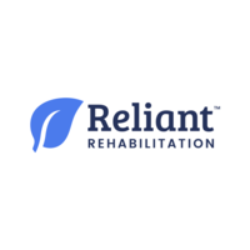
Social isolation resulting from the health care emergency is directly correlated with reduced everyday activity, which in turn leads to decreased mobility and independence for our residents. Mobility is an essential component of quality of life; the loss of opportunities for mobility can lead to undesirable health outcomes such as skin integrity issues, musculoskeletal disorder exacerbation, increased pain, pneumonia, circulatory problems, incontinence, debility, depression, and increased risk of falls.
The benefits of movement and mobility have long been researched and proven to stimulate circulation, increase joint flexibility, prevent contractures, strengthen muscles, improve self-esteem and feelings of independence, facilitate the resident’s ability to socialize, and even stimulate appetite. There are endless opportunities to encourage increased movement to foster improved quality of life and ultimately allow for happier, more independent residents.
Helpful tips to get residents moving:
• Offer walk to dine as safely allowable. Increasingly encourage the “long route” to the dining room.
• Play residents’ favorite music throughout the day and encourage mobility through dance.
• Engage balance while making the bed as part of the normal morning routine.
• Encourage exercises such as sit to stand during TV commercial breaks or every hour on the hour.
• Facilitate a game of balloon toss while sitting socially distant in a common area to increase upper body mobility and socialization.
• Promote stretching to maintain or increase flexibility—urge residents to reach further with each attempt. Stretching can be integrated into daily self-care routines!
• Challenge fine/gross motor coordination while performing resident-driven activities such as crafts, writing letters to family, gardening, or other leisure activities.
• Create simple scavenger hunts within the facility or in the resident’s room. With Easter just around the corner, consider organizing an Easter egg hunt!
• Provide health literacy on the risk of reduced mobility, the importance of exercise routines and sitting upright throughout the day.
• Encourage a daily routine of fully dressing and grooming to increase out of bed (out of room as able) activity throughout the day.
• Enlist family member support when available. Have them join the resident virtually for exercise, dancing, or leisure activities.
• Refer to physical therapy and/or occupational therapy when safe mobility is a concern.
The public health emergency continues to introduce unique considerations related to social isolation; however, communities are continually showing a steadfast ability to work together to meet residents’ needs. Through interdisciplinary communication all can be advocates for increased mobility and socialization opportunities for each resident, which will lead to improved physical and mental well-being. It takes each member of the team to offer insight to devise the perfect care plan that will lead to positive patient outcomes. By working together, mobility will continue to bloom through the pandemic and beyond!


